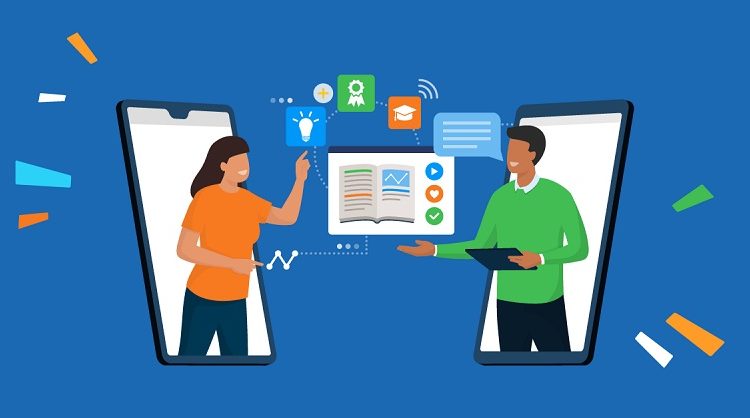Digital Collaboration in the Age of Remote Learning: Benefits of Online Collaborative Learning Tools

The global shift towards remote and hybrid education has fundamentally altered the landscape of learning. What began as a necessity has evolved into a new model, powered by innovative digital tools. Central to this transformation is the rise of online collaborative learning, which moves beyond simple video lectures to create interactive and engaging virtual environments. These digital platforms are not merely substitutes for physical classrooms; they offer unique advantages that can enhance learning outcomes, foster inclusivity, and equip students with essential skills for the future. By leveraging technology, educators can build dynamic spaces where learners actively co-create knowledge. So you would need to know about the benefits of collaborative learning now.
Transcending the Virtual Classroom
Online collaborative tools effectively dissolve the geographical barriers that define remote learning. Platforms like Google Workspace, Microsoft 365, and specialized digital whiteboards such as Miro or Jamboard create a persistent, shared space for students to work together in real-time. Unlike a traditional classroom where group work is confined to a specific time and place, these tools allow for seamless collaboration on documents, presentations, and creative projects from anywhere. Students can co-edit a report, brainstorm on a virtual canvas with digital sticky notes, and provide instant feedback, fostering a sense of shared ownership and collective problem-solving that transcends physical distance.
Amplifying Every Voice and Boosting Participation
One of the most significant benefits of digital collaboration is its ability to create a more equitable and inclusive learning environment. In a traditional classroom, discussions can often be dominated by a few confident speakers. Online tools, however, provide multiple avenues for contribution that cater to diverse personalities and learning styles. A student who may be hesitant to speak up in a live video session can share insightful comments in a chat, contribute thoughtful ideas to a shared document, or participate in anonymous polls. This varied approach ensures that every learner has a channel to express their thoughts, leading to richer discussions and increased overall engagement.
Building Future-Ready Skills for the Digital Workplace
The skills cultivated through online collaborative learning are directly transferable to the modern professional world. Today’s workplaces are increasingly reliant on digital collaboration tools like Slack, Asana, and Microsoft Teams to manage projects and facilitate communication across distributed teams. By using similar technologies in an academic setting, students gain hands-on experience in digital communication, virtual teamwork, and asynchronous project management. They learn how to articulate ideas clearly in writing, provide constructive digital feedback, and navigate the dynamics of a virtual team—competencies that are now considered essential in a vast range of industries.



